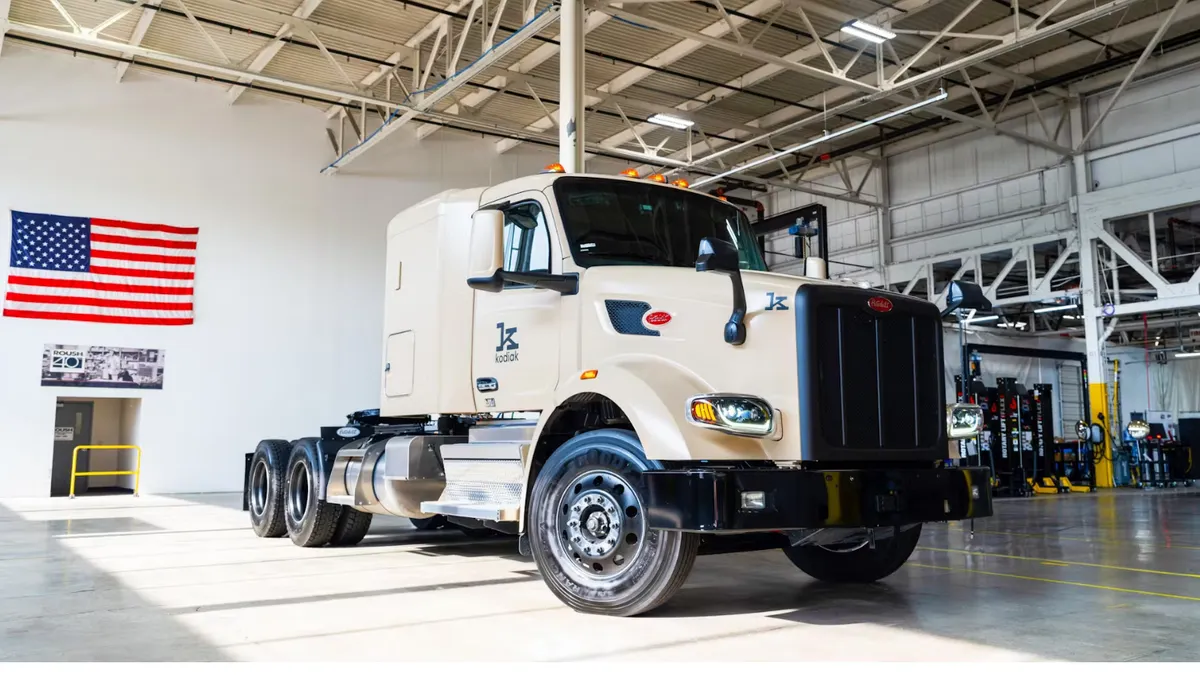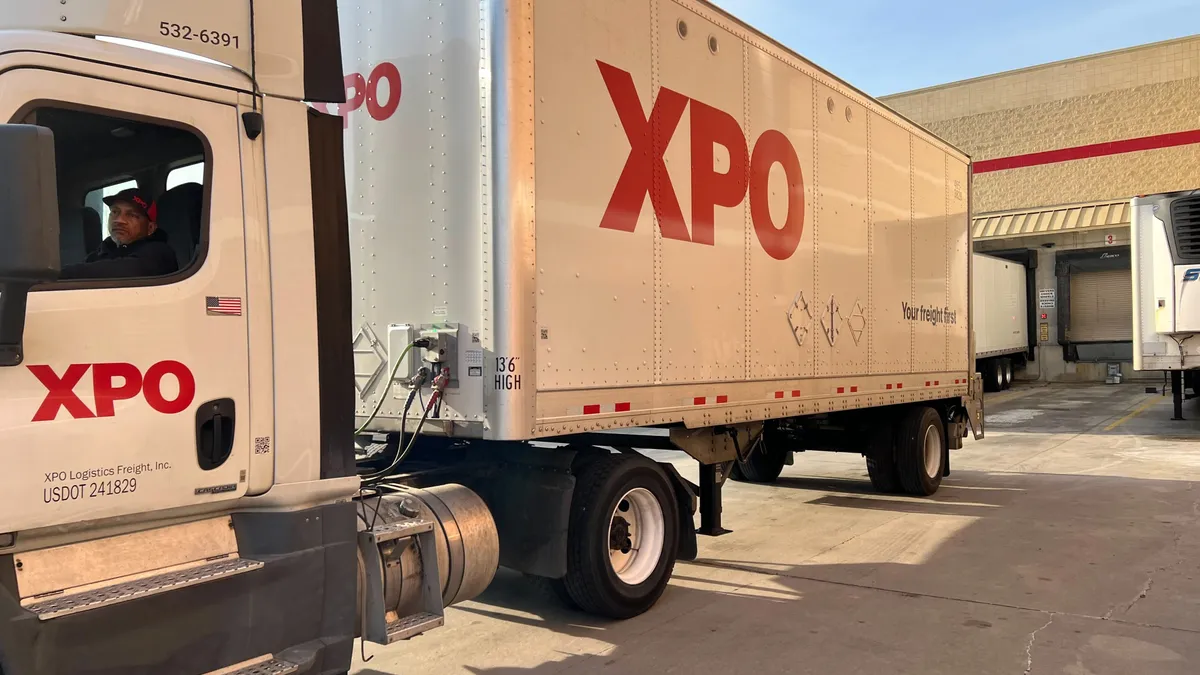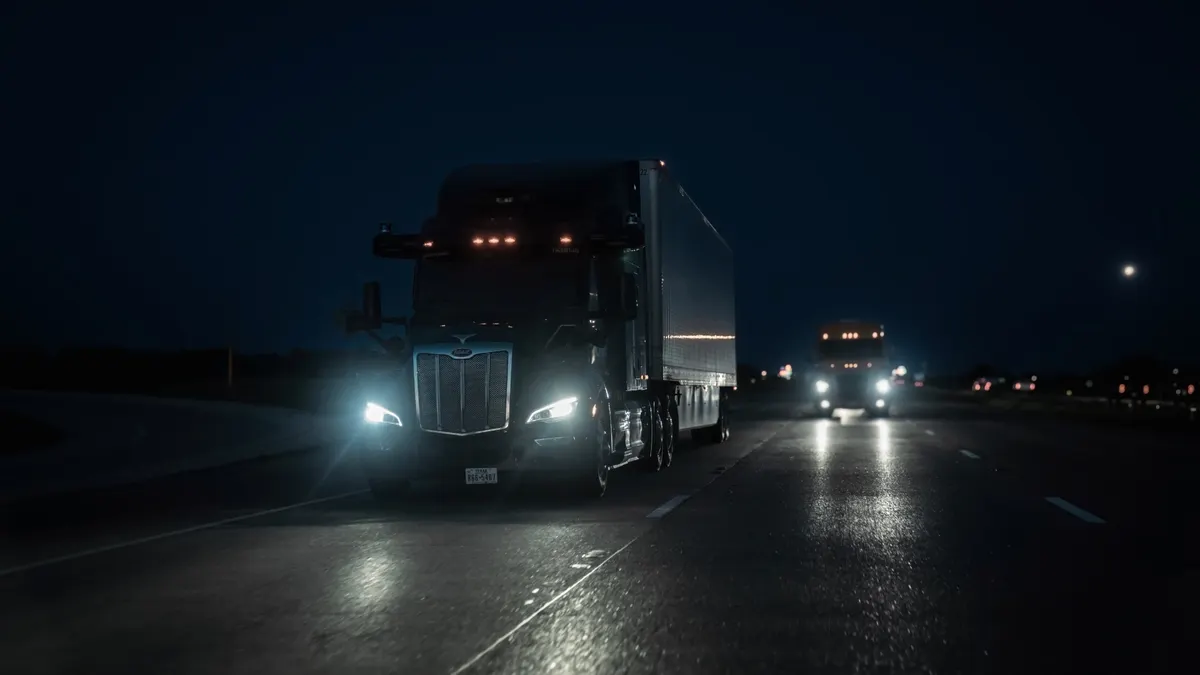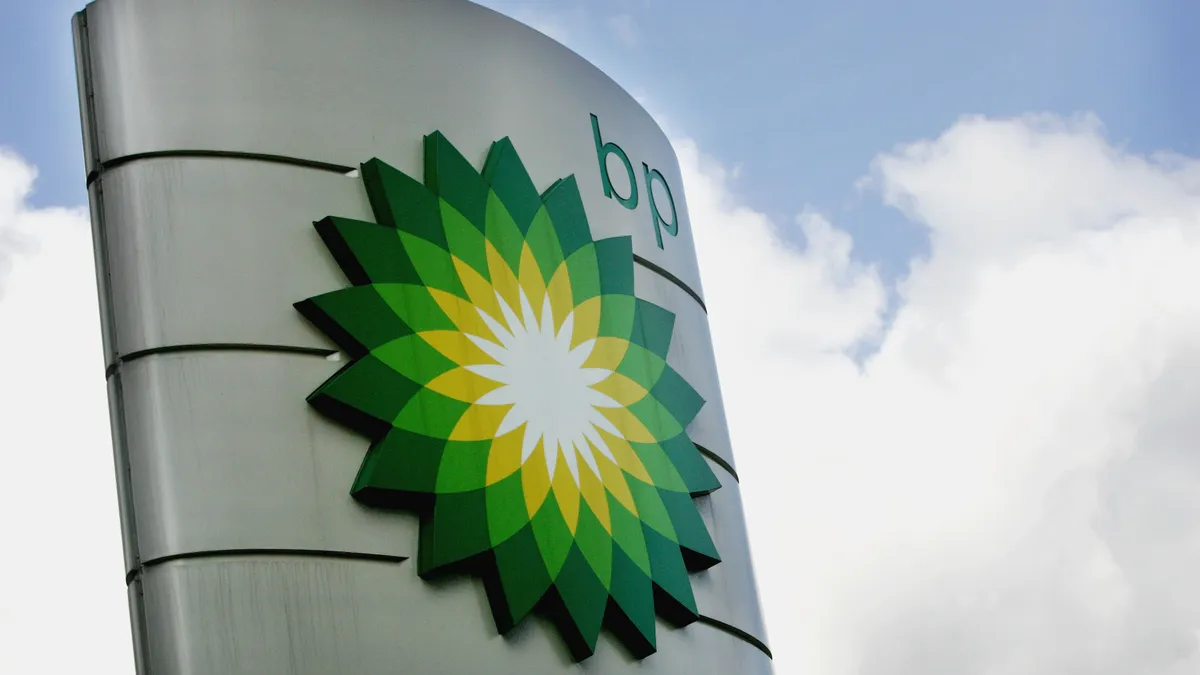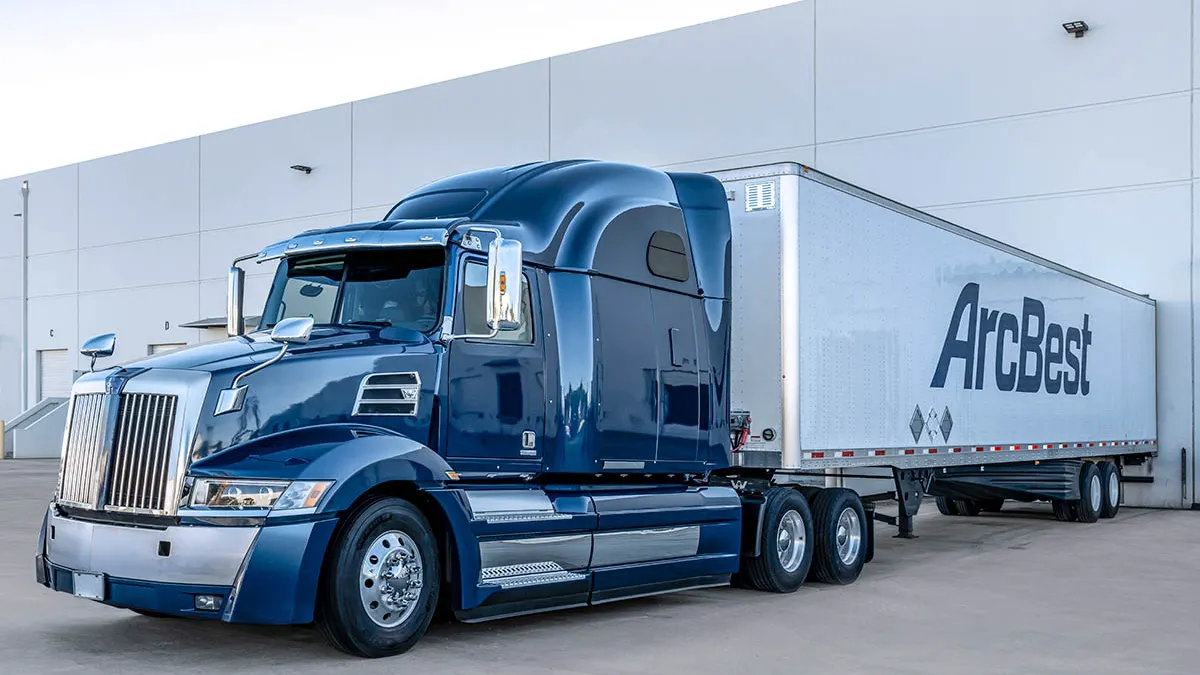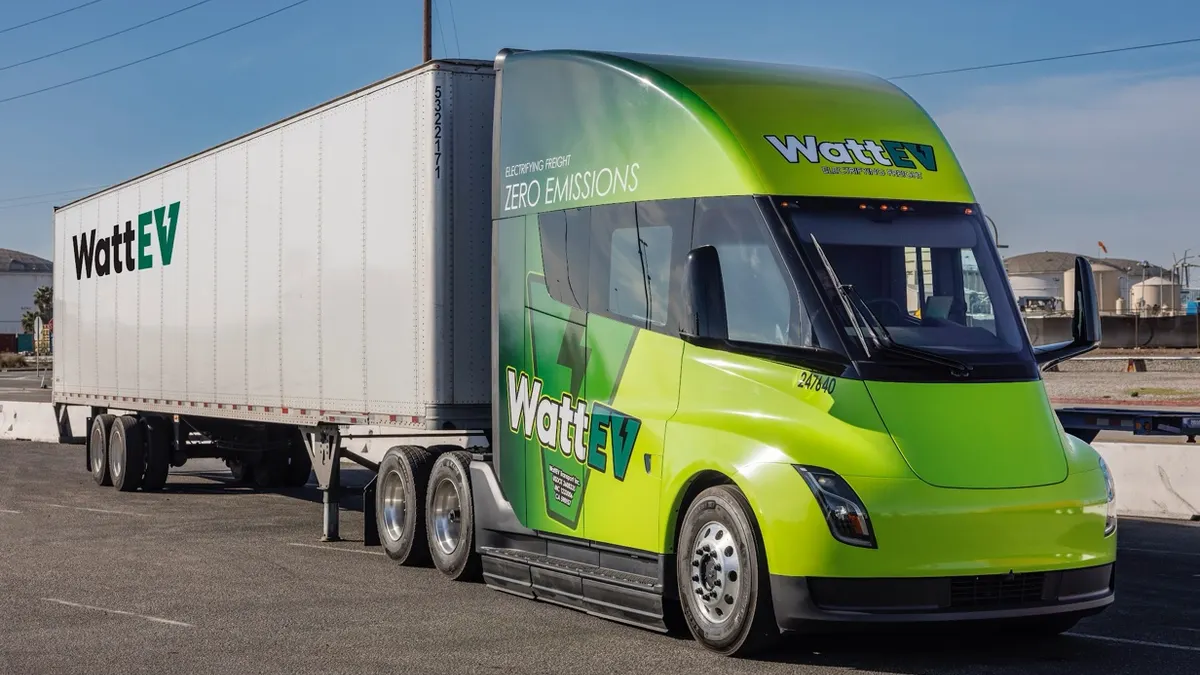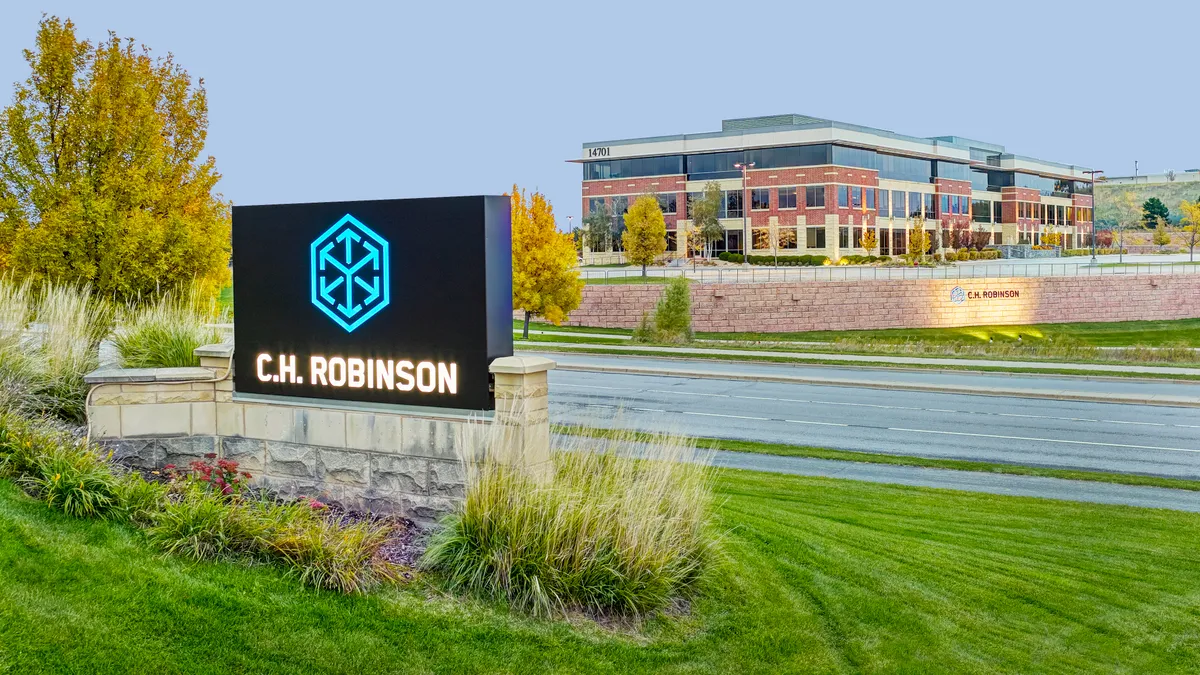Clarissa Rankin is becoming a TikTok celebrity. But she's not a typical social media influencer who urges followers to buy certain products. Rankin is a truck driver who broadcasts details about her work and life to draw people into the industry.
"I do educational videos," said Rankin, who is an owner-operator for CloudTrucks. "I bring them inside of my home … and show them how I get my truck ready, how I meal-prep my food, how I get my family ready before I hit the road."
As labor constraints continue to top the trucking industry's concerns, firms have had to get creative with recruitment.
Peer-to-peer crowdsourcing driven by social media is gaining popularity as a truck driver recruiting tactic. It's a method Conversion Interactive Agency, a recruitment advertising firm, has been working on for itself and for clients.
"We've had some drivers be very successful, particularly using Facebook," said Steve Sichterman, vice president of transportation-focused ConversionU at Conversion Interactive Agency. "The bottom line is, we're trying to attract drivers any way we can."
The transparency of peer social media engagement demystifies the industry and creates solidarity among truckers, which can make the job more attractive to prospective workers.
Rethinking referrals
Social media crowdsourcing is, essentially, a type of referral — a method that has been around for decades.
"It's nothing new. It's just the tools that people are using are different or maybe more advanced now," Sichterman said.
Some of those tools are apps like RocketCDL that let drivers recruit their peers from their mobile phone, and they can find out just as easily when a referred driver is hired.
"The bottom line is, we're trying to attract drivers any way we can."

Steve Sichterman
Vice President of ConversionU at Conversion Interactive Agency
Many carriers have bonus programs that pay existing employees for successfully referring new drivers. Employees should be reminded of bonus programs sporadically over time, not just during new employee orientation, explained Wendy Bartz, director of sales and services at recruiting and retention software firm DriverReach.
Regardless of the specific method, referrals are a leading way fleets find new drivers. A few years ago, driver referrals accounted for some 40% of a carrier's hires, according to Sichterman.
Managers like that the referred driver already is vetted by an existing employee.
"The hope is you're getting someone that's like a driver that works for you, and you're getting a better quality hire, as well," he said.
A referral bonus program doesn't have to be a new expense; it is possible to fund it by shifting around some budget items.
"Instead of putting your ad spend into the advertising world, giving some of that ad spend to your current drivers" can be effective, Bartz said. "You can't put all your eggs in one basket. You have to divide into multiple things, whether it's your marketing, your advertising campaigns, your referrals, your rehires."
@clarissarankin #womenempowerment #itstruckerslifebaby @qu33n_3boni3 #ladiestruckers #girlmagic #owtspokencollection #cdldriver #classA ♬ I Get to Love You - Lyndsey Elm
Bartz also has seen an increase in transportation companies giving away big ticket items like boats and vacations to attract and retain employees.
"We always think it's money, but the tangible items are happening, too," she said.
Crowdsourced recruiting can have downsides, though. It's hard to determine whether someone on social media is being paid or if it's a genuine, unsolicited post, said Duskee Kassing, director of operations at Dot Transportation, a subsidiary of Dot Foods.
Sichterman noted that some people take to social media to blast a business after just one negative experience, but the damage can be wide-reaching.
Simple and effective
Permitting employees to engage with peers on social media likely has more upside than downside for well-operating fleets, experts said. And as trucking attempts to evolve its reputation and appeal to populations currently underrepresented in the industry, platforms with wide reach could help spread the word.
"So many people are afraid of trucking," Rankin said. "I try to make sure that, on my platform, people have a full visual of the industry ... I give them insight on what truckers really go through."
Rankin particularly tries to reach women.
"I really want to show women they can do this," she said. "We do need to raise that percentage from making up 9% of the trucking industry."
Women make up a small portion of the driver workforce, relative to other transportation professions
Dot encourages employees to make personal social media posts about their trucking experiences and what it's like to work there. Kassing said she has noticed more drivers using YouTube to talk about life on the job.
Though the company doesn't oversee a formal crowdsourcing program, it does provide peer-recruiting materials to drivers who request them, including T-shirts featuring the Dot logo and hiring website.
Crowdsourcing is likely to remain and even grow as a trucker recruiting practice for two key reasons: It's easy, and it works.
"A lot of women have said, 'I've never noticed truck driving until you came along.' And they're noticing it more because I'm putting them behind the scenes," Rankin said. "The word is really getting out there."
Clarification: This story was updated to reflect that DriverReach is a software firm.








